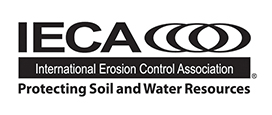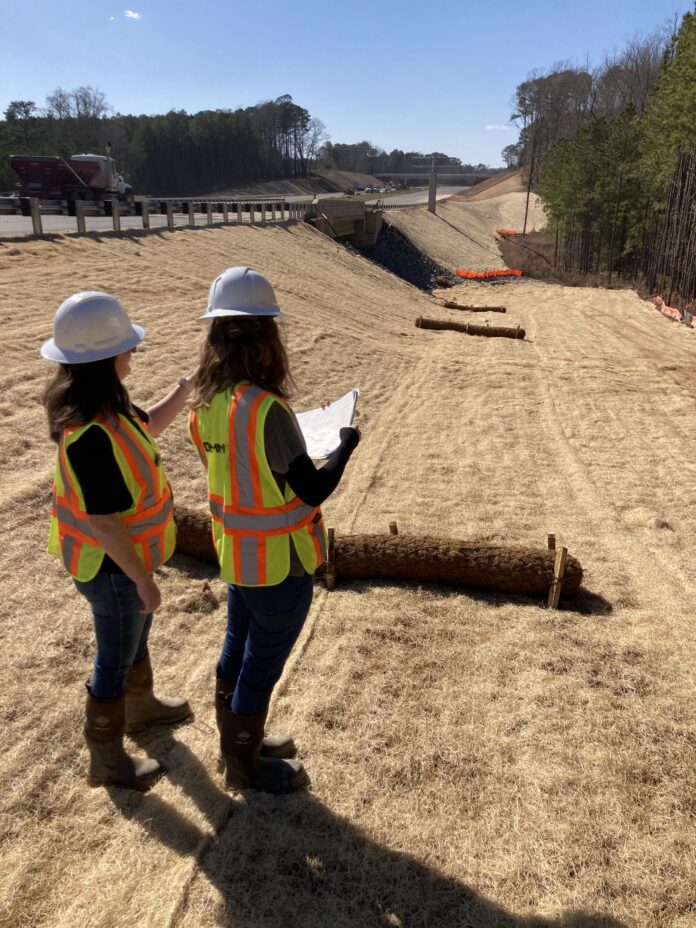Significant time, money and energy is spent sharing ideas and experiences on the various structural best management practices (BMPs) in our industry, from new geotextiles, the use of polyacrylamides, equipment advancements and the incorporation of organic products as stabilization enhancements, to highlight just a few.
It is time to include and elevate the qualified individual as a critical BMP. Given the toolbox of practices that exist for managing construction stormwater amidst the ever-changing challenges of land development, construction and natural resource management, an emphasis must be placed on the importance of the individuals that are involved in the day-to-day operations of each project.
Erosion and sediment control professionals touch every aspect of active projects in each area of our industry, from early planning, site and plan design, field inspections, assessments and review, plan and BMP implementation, to the structure of regulatory oversight and technical guidance (Figure 1). Experienced and qualified personnel are critical to ensuring success to each project, no matter how big or small, but there’s no one-size-fits-all solution to creating qualified personnel, and sadly, no quick online store of these individuals to fill your needs. As such, we as an industry must collaborate to define what we consider to be the approved standard detail or spec sheet for this vital BMP: the qualified individual.
For more than 50 years, the erosion and sediment control industry has grown and evolved on the foundation of many passionate pioneers in erosion and sediment control and stormwater management across North America, Australia and beyond. These pioneers have been and are mentors and educators for countless professionals, with an urgent need to continue and broaden the mentorship aspect. Each qualified individual has a unique set of skills and insights that contributes to the advancement of the environmental compliance and stewardship field.
To advance the growth and ensure the maturing of the industry, experienced industry professionals have a responsibility to educate, mentor and value the rising class of inspectors and young professionals. The industry’s reliance on experienced personnel is akin to the need for precision in a complex machine. Each component, or in this case, individual, must function optimally to ensure success. How these roles and qualifications are developed and defined must also factor in the changing faces and challenges of the industry. These challenges include staying relevant and demonstrating to other stakeholders that our professionals are invaluable to ensuring project success and compliance and to advancing environmental stewardship.
New employees entering the field bring fresh perspectives and new energy, which are essential for innovation. They are faced with a multitude of challenges that likely are not covered in any coursework. Providing a framework of training and continuing education for new professionals ensures that they are equipped to grow within the industry and become contributors from their own unique experiences. Mentorship and wisdom sharing may be the difference for each upcoming individual between success and retention or leaving the industry.
With all of this in mind, the IECA Erosion and Sediment Control Education Subcommittee would like to gather input to help us begin to better understand where industry professionals perceive our industry’s current standing in the development of the industry individual.
Complete a brief survey (See “Take the Survey”) to help initiate this conversation. Over the next year or more, the committee will provide a summary of the initial results and will seek further feedback from public and private organizations to learn how the industry recruits, supports, mentors and empowers new professionals. This information will form the foundation to advance the collaboration needed to develop an industry-accepted definition of the qualified individual, as well as helping to refine the framework in which professionals can earn this type of designation through combinations of work experience, education, mentorship and certification.
We all must ask ourselves, if our industry doesn’t perceive individuals as the most critical and valuable BMP, how do we expect other established industries to see our value overall? Efforts to develop better BMPs continues to be an important, focused need to combat erosion, collect sediment and obtain stabilization on our projects. Imagine the positive gains to our industry if we invest as much time in mentoring, training and adding value to the next generation of qualified individuals as we currently do in the realm of the development of structural BMPs and new technologies.
The erosion and sediment control industry is only as strong as the individuals who comprise it. By valuing each person’s contribution and investing in their growth, the industry can continue to evolve and meet the challenges of managing construction stormwater. The IECA’s initiative to gather input and share it across the community is a commendable step towards recognizing and enhancing the role of the individual in this vital field. Through articles, webinars and conference presentations, the shared experiences and strategies will enrich the collective knowledge and practice of erosion and sediment control.
About the Experts
- Donald Pearson, EI, CPESC, CESSWI, is an assistant resident engineer on the Complete 540 Project for Summit Design and Engineering Services. He is a member of the IECA Erosion and Sediment Control Education Subcommittee.
- Kristi Anspach, CPESC, CESSWI is the Stormwater Planning and Compliance department manager for Summit Design and Engineering Services. She serves as chair of the IECA Erosion and Sediment Control Education Subcommittee.
Take the Survey
Go to bit.ly/3y1ShLF to access The Individual as a BMP survey.





